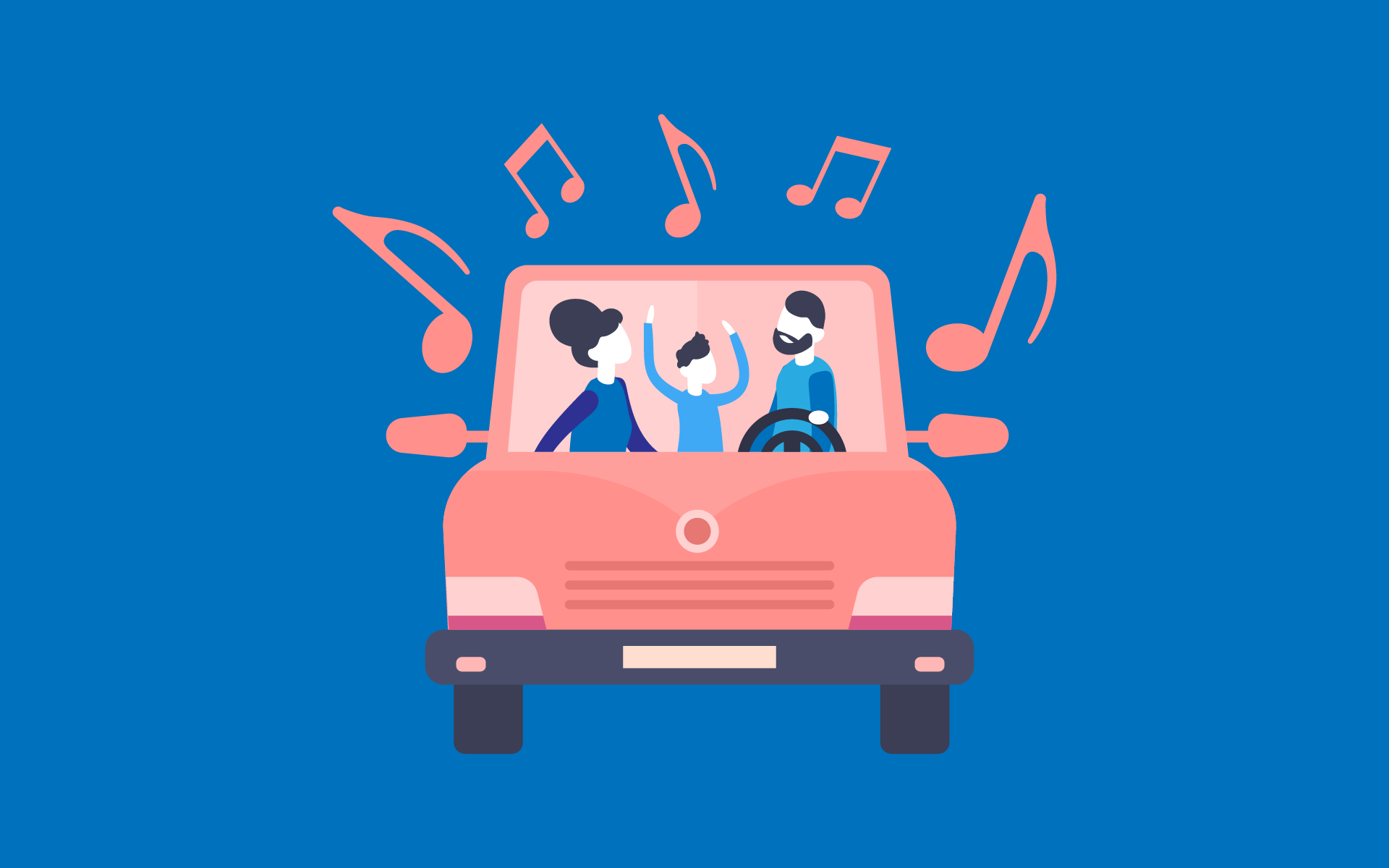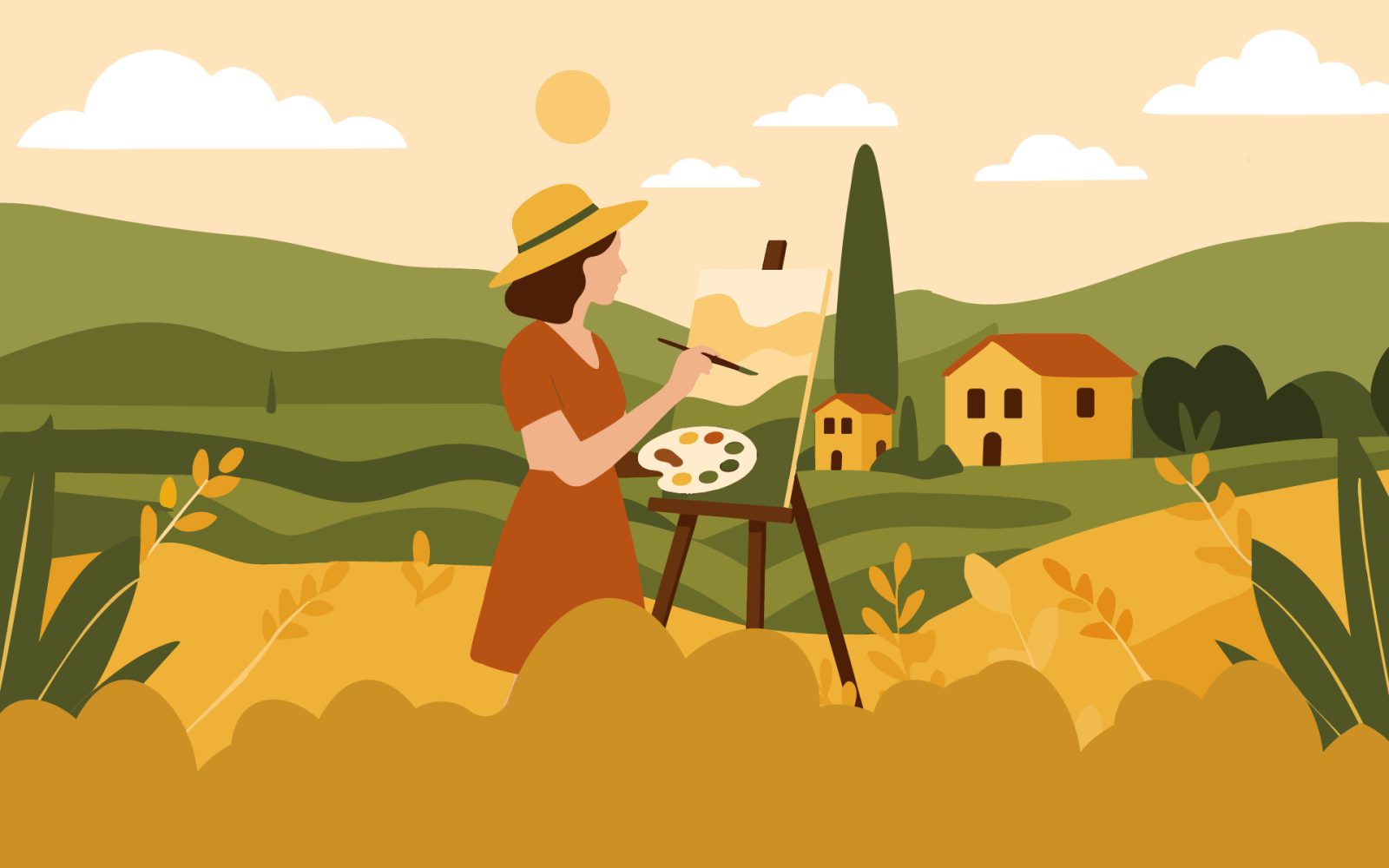Let’s hear it for music, the bridge between the gulf of generations

You know you must be doing something right when your children share your musical tastes.
Our little family has a road trip game we love to play. Before we’ve even driven two kilometres down the road, our tween boy is piping up from the back, “Can we play the game now?”
I hold him off until we’ve gone over the mountains that border the valley we live in and are on the highway that leads to our favourite camp site.
“Okay, who wants to start?” I finally ask. “Me! Me! Me!” And our game begins.
We each take a turn to play our favourite song. It’s Jack’s job to type each of our requests into the music app on his dad’s phone, which then plays through the car stereo.
Sometimes there’ll be parameters: it has to be from a particular decade, or it has to be a female artist, or a British band.
My husband and I watch the fields flashing by, and Jack goes first. To our mutual delight, it’s usually a classic from our younger years.
As our tyres devour the white stripes on the road, and the mountains punctuate the blue sky, each song brings a wash of emotion and transports us down different roads.
For now, our 11-year-old has similar musical tastes to ours, although once in a while, he selects some TikTok song that has my husband rolling his eyes.
But we know that as Jack enters his adolescent years and pushes away from our parental influence, his musical tastes are bound to change.
“Our little group has always been
And always will until the end
With the lights out, it’s less dangerous
Here we are now, entertain us”
Smells Like Teen Spirit, by Nirvana
A study of Media Use by Tweens and Teens, by Common Sense Media, showed that music is the most frequent media activity among American teenagers. More than 80 per cent of teenagers interviewed said they listen to music every day, for an average of two hours a day.
At a stage in their lives where they are the most pliable and open to influence, music allows adolescents to experience different scenarios, explore possible selves, find a sense of belonging in a group, rehearse social activities such as flirting or breaking up, and envision career choices by observing their favourite musicians.
Music is a door to the world. It invites the teenager to step over the threshold of their familiar life and gain access to an array of possibilities.
In the push and pull between the search for a sense of belonging and the growing need for self-expression, music can be a guiding force.
Teenagers can find a mirror for their emotions in the lyrics of a song. Music can be used as a “badge” that proclaims their belonging to peer groups.
For now, as our car bowls along the road beneath the big blue sky, and Jack’s adolescence is still some distance ahead, he selects Bruce Springsteen’s No Surrender. And together we belt out:
“Well, we busted out of class
Had to get away from those fools
We learned more from a three-minute record, baby
Than we ever learned in school”




